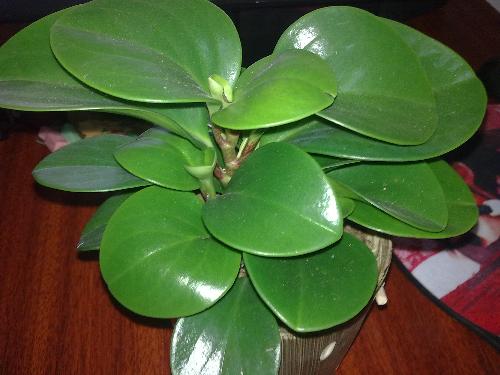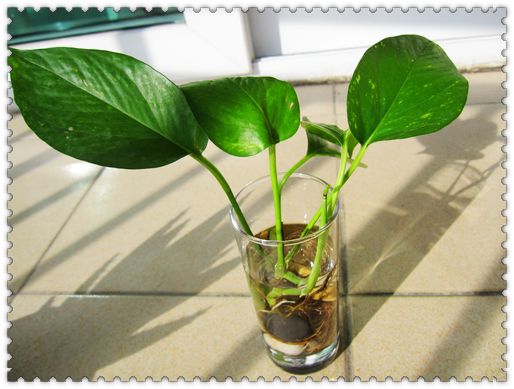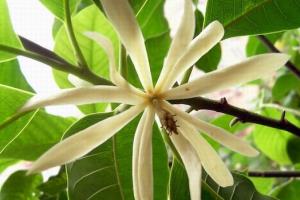How to raise Jasper
Jasper, also known as Douban Green, small Jasper, Pepper Grass, is an evergreen perennial fleshy herb of Piperaceae. Jasper's leaves are green and moist, the plant shape is beautiful, and it is shady, small and lovely. It is often cultivated in white plastic pots and white porcelain pots, placed on tea tables, decorative cabinets, ancient shelves and desks, very beautiful, fresh and pleasing to the eye, and elegant and interesting.

Jasper originated in Venezuela, likes warm and humid semi-shady environment, can not tolerate cold, strong light and drought.
1. Matrix: like to grow in loose and fertile sandy soil with good drainage and rich in humus, and have poor growth potential in clay. Generally, the substrate can be mixed with rotten leaf soil, river sand and a small amount of mature organic fertilizer, and peat soil and perlite can be mixed under certain conditions.
two。 Lighting: like semi-overcast or scattered light, except for sufficient light in winter, shading is needed in other seasons, especially in summer. If placed in a shady environment, it is easy to grow, grow between branches, and reduce ornamental, which is not advisable. Under the semi-overcast condition, the leaf color is brighter and the gloss is better, especially the variegated leaf variety, the demand for sunlight is a little higher.
3. Temperature: like the warm environment, the suitable temperature for growth is between 20-30 ℃, the overwintering temperature is better kept above 10 ℃, the growth stops below 10 ℃, and it is easy to freeze under 5 ℃.
4. Humidity: like humid growth environment, luxuriant growth and bright leaf color in humid environment, strengthen foliar spraying or sprinkling water in the growth environment when the temperature is high or Kongqi is dry, in order to maintain high humidity of Kongqi, which is very beneficial to the growth of plants. It can also adapt to a short dry environment, but not for a long time, generally should be kept at about 70%.

5. Watering: prefer water, not resistant to drought, watering frequently during the growing period, watering more water when the temperature is higher than 25 ℃ or Kongqi is dry, but also to prevent waterlogging, when the temperature is lower than 25 ℃, the basin soil surface should be watered thoroughly when the temperature is less than 10 ℃, it can be dried for several days without watering.
6. Fertilization: a small amount of fertilizer is needed when the temperature is higher than 18 ℃, and less or not when the temperature is lower than 18 ℃ or higher than 30 ℃. Fertilization had better be carried out several times in a small amount, and it is best to use diluted fertilizer solution instead of clear water irrigation. It is not tolerant to raw fertilizer and thick fertilizer, and it is easy to cause fertilizer damage. Foliar spraying fertilizer solution can also be used for fertilization, and the effect is good. Fertilizers are mainly nitrogen fertilizer and potassium fertilizer, followed by phosphate fertilizer.
7. Pruning and reproduction: the newly propagated seedlings will pick the heart to increase the number of branches when the seedling is about 10 meters high, so that the plant type is fuller and the appreciation value is higher. The pruning of large plants is generally determined according to the growth trend, short cut and long branches, which can be used as cutting material, easy to take root, can be inserted in clean river sand or vermiculite, or directly in sandy soil. Propagation can also be carried out by leaf cuttings and ramets. Generally, the ambient temperature needed for reproduction is between 20-25 ℃. Leaf cuttings need to be inserted in the river sand with petioles erect or slightly tilted, and the depth of sand entry is petiole 1-4-1-3, keeping the substrate moist and high Kongqi humidity, and rooting and adventitious buds can take place in 2-3 weeks. The small buds can be transplanted after they are slightly larger.
Related
- Wuhan Hospital Iron Tree Blooming Result Was Instantly Frightened by the Gardener Master
- Which variety of camellia is the most fragrant and best? Which one do you like best?
- What is the small blue coat, the breeding methods and matters needing attention of the succulent plant
- Dormancy time and maintenance management of succulent plants during dormancy
- Minas succulent how to raise, Minas succulent plant pictures
- What are the varieties of winter succulent plants
- How to raise succulent plants in twelve rolls? let's take a look at some experience of breeding twelve rolls.
- Attention should be paid to water control for succulent plants during dormant period (winter and summer)
- Watering experience of twelve rolls of succulent plants
- Techniques for fertilizing succulent plants. An article will let you know how to fertilize succulent plants.



